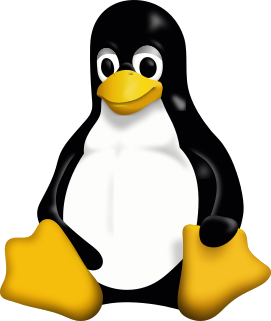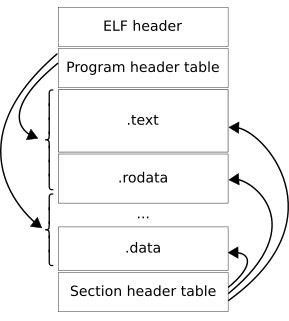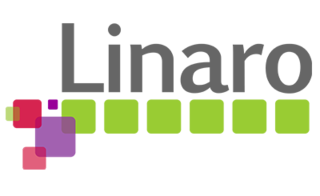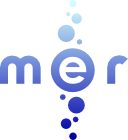 Snowball-PCB with NovaThor A9500 | |
| Common manufacturers | ST-Ericsson |
|---|---|
| Design firm | ST-Ericsson |
| Manufacturer | CALAO Systems |
| Type | Single-board computer |
| Processor | Dual Cortex-A9 |
| Coprocessor | Mali-400 MP |
| Dimensions | Nano-ITX |
The Snowball is a Nano-ITX-form factor single-board computer using the NovaThor A9500. [1]

Nano-ITX is a computer motherboard form factor first proposed by VIA Technologies at CeBIT in March 2003, and implemented in late 2005. Nano-ITX boards measure 12 × 12 cm (4.7 × 4.7 in), and are fully integrated, very low power consumption motherboards with many uses, but targeted at smart digital entertainment devices such as PVRs, set-top boxes, media centers, car PCs, and thin devices.
In computing, the form factor is the specification of a motherboard – the dimensions, power supply type, location of mounting holes, number of ports on the back panel, etc. Specifically, in the IBM PC compatible industry, standard form factors ensure that parts are interchangeable across competing vendors and generations of technology, while in enterprise computing, form factors ensure that server modules fit into existing rackmount systems. Traditionally, the most significant specification is for that of the motherboard, which generally dictates the overall size of the case. Small form factors have been developed and implemented.

A single-board computer (SBC) is a complete computer built on a single circuit board, with microprocessor(s), memory, input/output (I/O) and other features required of a functional computer. Single-board computers were made as demonstration or development systems, for educational systems, or for use as embedded computer controllers. Many types of home computers or portable computers integrate all their functions onto a single printed circuit board.
The Linux-based mobile operating system Tizen was ported to Snowball in early 2012. [2]

The Linux kernel is a free and open-source, monolithic, Unix-like operating system kernel. The Linux family of operating systems is based on this kernel and deployed on both traditional computer systems such as personal computers and servers, usually in the form of Linux distributions, and on various embedded devices such as routers, wireless access points, PBXes, set-top boxes, FTA receivers, smart TVs, PVRs, and NAS appliances. While the adoption of the Linux kernel in desktop computer operating system is low, Linux-based operating systems dominate nearly every other segment of computing, from mobile devices to mainframes. Since November 2017, all of the world's 500 most powerful supercomputers run Linux. The Android operating system for tablet computers, smartphones, and smartwatches also uses the Linux kernel.

An operating system (OS) is system software that manages computer hardware, software resources, and provides common services for computer programs.

Tizen is a Linux-based mobile operating system backed by the Linux Foundation but developed and used primarily by Samsung Electronics.
The Snowball had a public support site at igloocommunity.org, [3] but since support for the board has been withdrawn, the tools are archived at GitHub:
GitHub is an American company that provides hosting for software development version control using Git. It is a subsidiary of Microsoft, which acquired the company in 2018 for $7.5 billion. It offers all of the distributed version control and source code management (SCM) functionality of Git as well as adding its own features. It provides access control and several collaboration features such as bug tracking, feature requests, task management, and wikis for every project.
One of the many builds released by Linaro is located here This is build: 13.05 (May 2013). At the link are the binaries that were built, the instructions for using the binaries and instructions for building everything from source.









